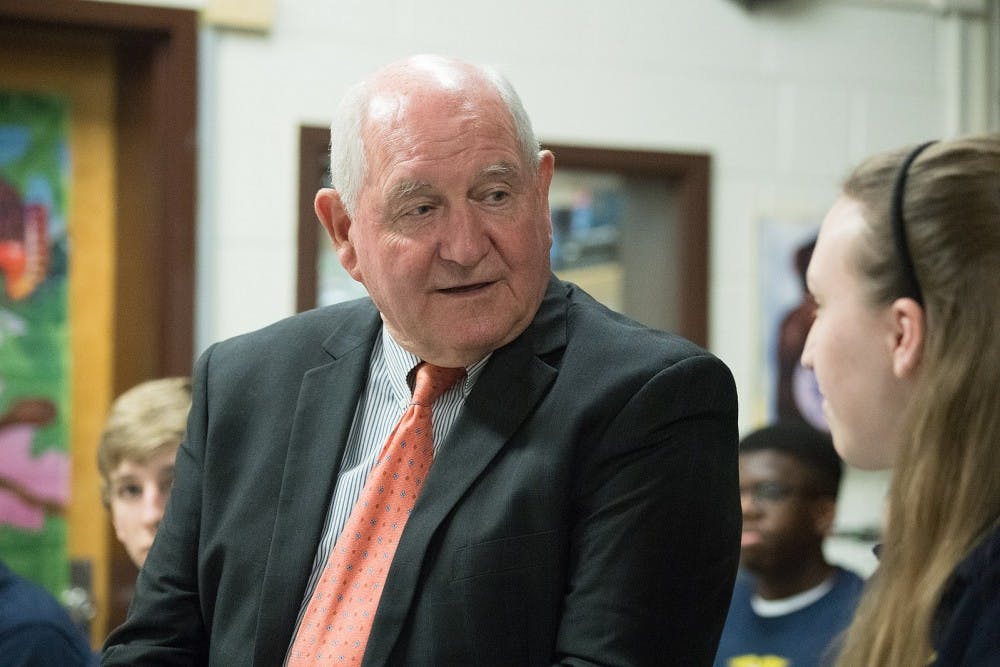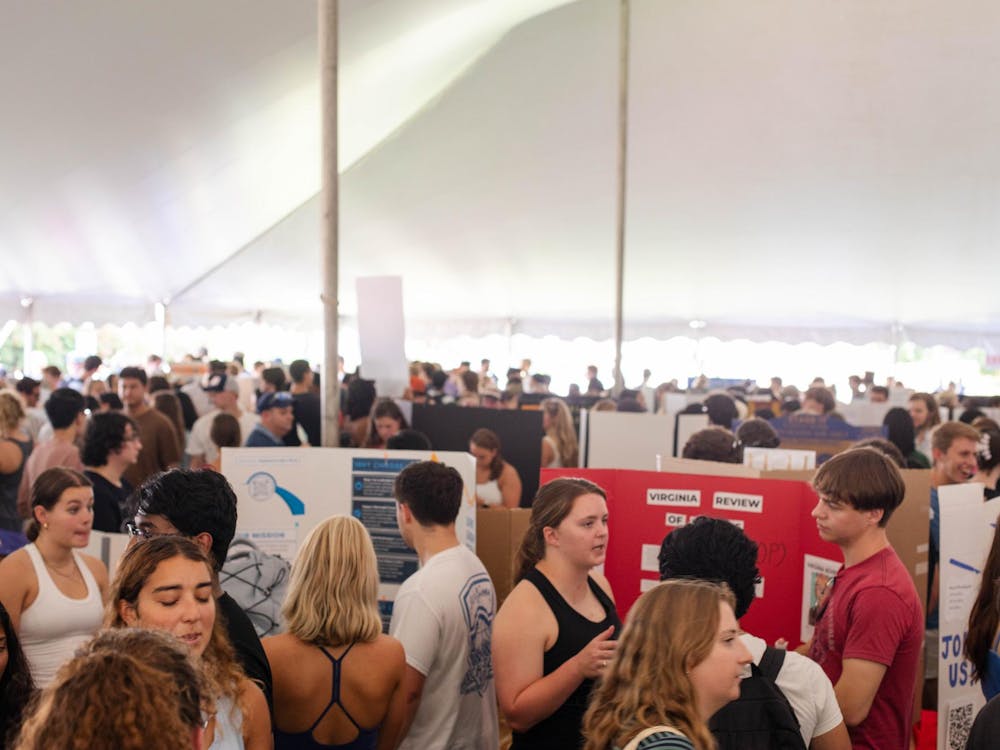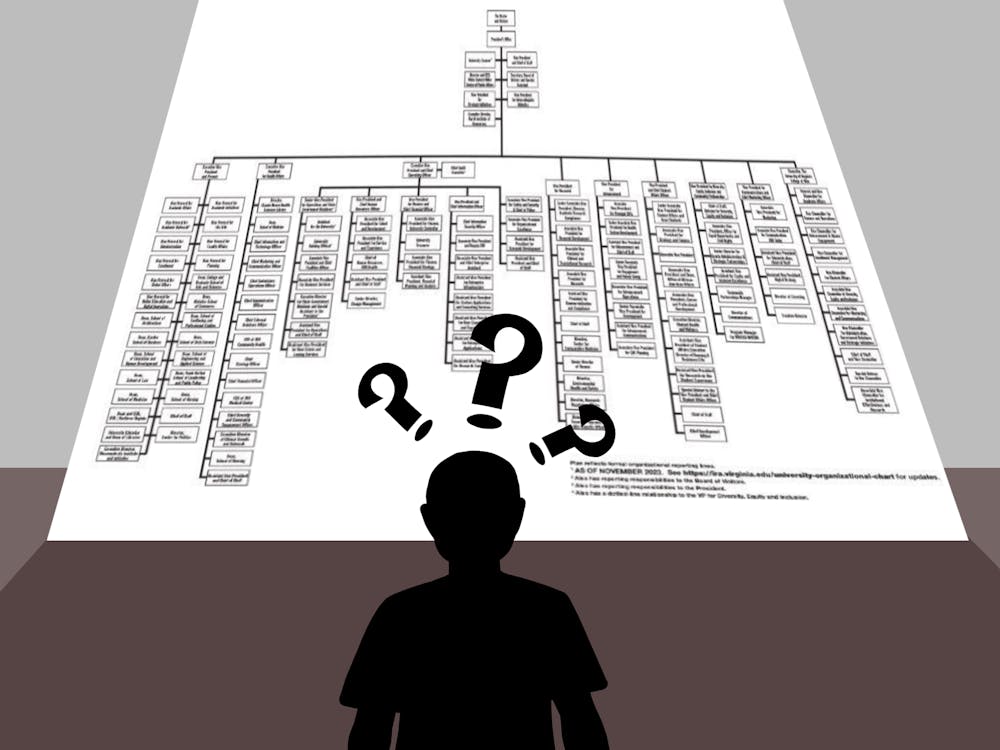On Feb. 12, the Trump administration announced plans to redesign the Supplemental Nutrition Assistance Program, by replacing food stamps with a food package. Currently, SNAP is sponsored by the United States Department of Agriculture’s Food and Nutrition Service. Eligible low-income individuals and families are provided with the economic assistance to purchase nutritious food. The USDA is suggesting that SNAP be re-worked in a way that saves money and utilizes American-grown products, but these benefits do not outweigh the issues caused by the policy. The food package program would be more complicated for state offices and offers recipients less access to fresh food. Trump’s proposal is less of a redesign and more of a gutting — a result of larger proposed budget cuts across safety-net programs for the sake of higher spending on defense and border security.
The USDA currently regulates what can be purchased by program recipients. The list includes fruits, dairy products and seeds/plants that can produce food. Products ineligible for purchase include alcohol, cigarettes, hot foods, vitamins, medicine or any non-food items like pet food or household supplies. An individual's income, family-size and other factors dictate whether they are eligible and how much money they receive monthly. Funds are uploaded to an Electronic Benefit Transfer card which functions similar to a debit card and each purchase depletes money from the card balance until it is finished or until they renew for another term.
The USDA’s “America’s Harvest Box” proposal works in a similar way except that half of the benefits given to recipients will consist of a box of non-perishables, purchased by the government. Items in the box would include similar items that SNAP recipients can currently buy. The remaining half of benefits would be available via the standard EBT card. Because the contents of the box would be bought wholesale and not retail, the program would save an estimated $129.2 billion between 2019 and 2028. These savings, however, would come at the cost of the families’ well-being.
Although the USDA would like to focus primarily on the benefits of the proposal, the real-life implementation could be far from beneficial. The plan talks about state flexibility to distribute the food, but there is little detail about how it would exactly look. The proposal’s budget accounted for an additional $2.5 billion in annual administrative funds for states which would presumably cover shipping and delivery costs. What happens, however, if food is delivered but no one is home to accept it? If it is stolen or ruined by the weather? If a box is not delivered on time? If the recipient is homeless? Or, if the state opts to redirect the funds and not deliver the boxes altogether, would individuals be required to stand in-line and pick their boxes up themselves? Recipients would have to find the time to get to wherever the boxes are distributed, and it is likely state offices will not be open 24 hours like a grocery store could be. The proposal affords the state “flexibility,” but takes agency from the families that benefit from SNAP currently.
Outside of the logistics of distribution, the food within the box is also concerning. Several issues can arise from a generic government-issued package. Firstly, the government buyer decides what is placed in the box, taking control from the individuals and limiting the amount of food options. Box size could also impact the amount of food they receive. A universal package also neglects the specific dietary and/or ethnic needs of the recipient. If one family has certain dietary restrictions, they shouldn’t be given the same box as another. The proposal says nothing about personalizing according to the dietary needs of SNAP recipients. It would be ridiculous to expect state officials to package food specific to the need of each person or family. The greatest oversight, however, is that this redesign limits access to fresh foods, because packaging fresh food to be shipped and stored for delivery or pick-up is out of the question. The new program depends on non-perishables — canned meat, vegetables and fruits — that will not expire during transport. This reality goes against the purpose of benefit programs like SNAP which is to have more access to fresh and nutritious food, not less.
Sonny Perdue, United States Secretary of Agriculture, expressed that “USDA America’s Harvest Box is a bold, innovative approach to providing nutritious food to people who need assistance feeding themselves and their families — and all of it it homegrown by American farmers and producers. It maintains the same level of food value as SNAP participants currently receive, provides states flexibility in administering the program, and is responsible to the taxpayers.”
Yes, the proposed program would achieve the same goals as it operates currently. Yes, the cost of said proposed program would be substantially less and yes, the food would be grown in America, by Americans. However, the amount of work required to match the current level of fresh food options for each of the low-income persons and families on SNAP is extraneous, expensive and unnecessary. What has been presented is something that looks good on paper but will most likely fall apart in practice. Instead of this plan, the Trump administration needs to go back to the drawing board and start thinking outside of the box.
Zari Taylor is a Viewpoint writer for The Cavalier Daily. She can be reached at opinion@cavalierdaily.com.





